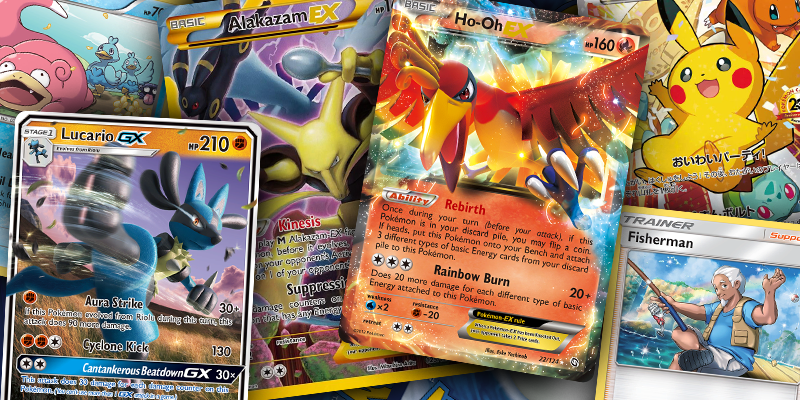Since the debut of the Pokémon TCG in 1996, Pokémon cards have been central to the gaming and collecting culture. While most players focus on the cards’ gameplay features, the artwork on these cards is an artistic expression that celebrates the Pokémon universe. Each card is carefully illustrated, often with hidden details that enhance the card’s connection to the wider world of Pokémon.
These details—often referred to as Easter eggs—are a treat for fans who pay close attention. From nods to other Pokémon to references to video game locations, these Easter eggs are fun discoveries that add more meaning to the cards beyond their immediate gameplay purpose.
The Role of Easter Eggs in Pokémon Media
Easter eggs have long been a part of Pokémon’s overall media strategy, not just within the trading card game. In video games, Easter eggs might come in the form of hidden characters, secret items, or nods to previous generations. The anime also contains moments where fans can spot subtle references or in-jokes designed for the keen-eyed audience.
Similarly, the Pokémon TCG follows this tradition, with artists hiding little surprises in the artwork. Whether referencing other Pokémon or drawing connections to iconic moments in the video games, these hidden details make each card a more dynamic part of the broader Pokémon universe.
Well-Known Hidden pokemon card easter eggs
Some Pokémon cards are famous for their hidden details, often rewarding long-time fans with extra surprises in the artwork.
An iconic example is Alakazam EX from the Fates Collide set, where the background features the faint images of Lugia and Umbreon, both connected to Alakazam’s lore and previous cards in the set.
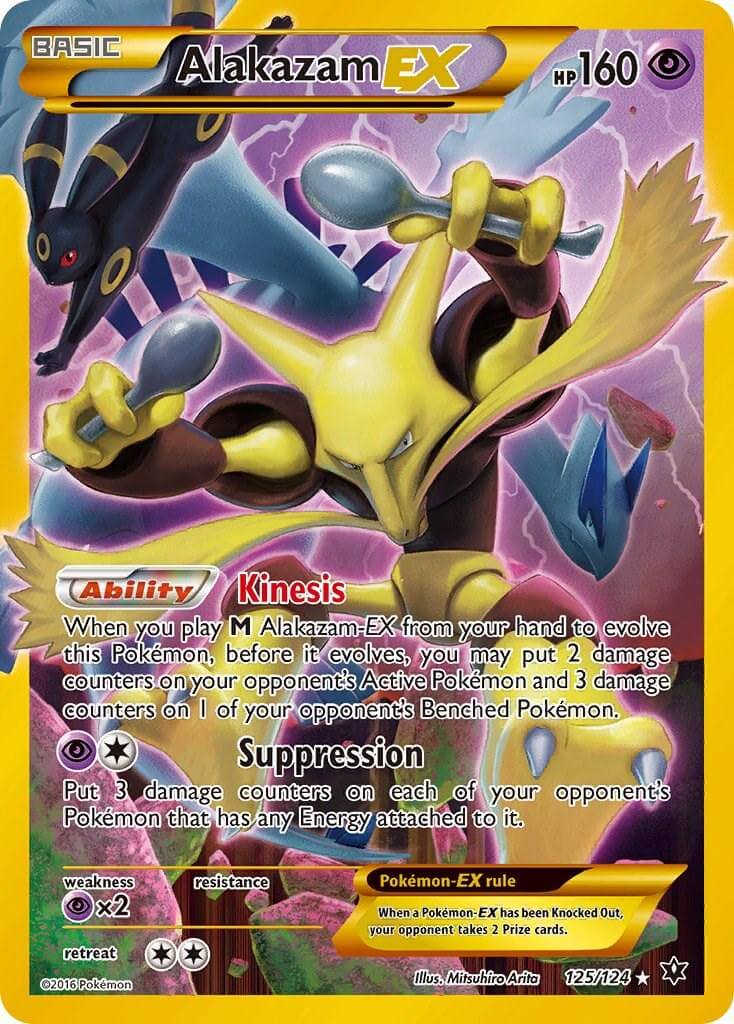
These examples illustrate how Pokémon card artists infuse Easter eggs into the artwork, offering collectors and fans small narrative connections and visual surprises.
Callbacks to Evolutionary Lines
A common Easter egg is the reference to a Pokémon’s evolutionary line in its card artwork. These Easter eggs are subtle nods to the Pokémon’s evolutionary stages, often hinting at what the Pokémon will become or where it came from.
For example, certain cards feature environmental clues that connect to a Pokémon’s previous or next stage in the evolutionary chain. These details, such as background elements or hidden symbols, enrich the artwork and serve as clever visual foreshadowing of the Pokémon’s evolution.
Artist Signatures and Tributes
Some Pokémon card artists like to include subtle references to themselves or pay homage to other artists within the design of the card. These details might be initials or small visual motifs that act as personal signatures.
For instance, some Pokémon cards feature tiny icons or marks that refer back to an artist’s other works, allowing keen observers to spot recurring themes or stylistic signatures across different cards. These Easter eggs create a sense of personal connection between the artist and the card, making certain cards especially valuable to collectors who appreciate the art beyond its gameplay function.
Pokémon Hidden in the Background
Another fun Easter egg to look for in Pokémon cards is the appearance of hidden Pokémon in the background of the artwork. While a card may focus on one Pokémon, the background might feature another Pokémon subtly tucked away in the scenery.
A well-known example comes from Slowpoke cards, which often feature Shellder in the background—a reference to Slowpoke’s evolution into Slowbro. Such background Pokémon are often a small nod to the interconnected world of Pokémon and create a richer, more layered experience when viewing the cards.
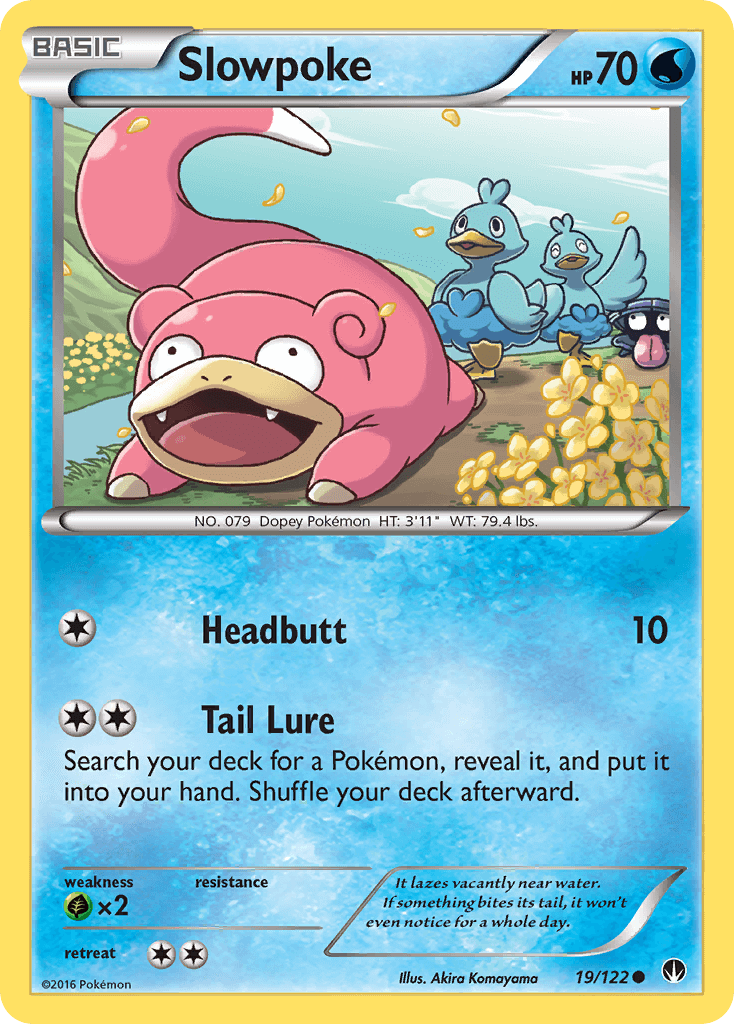
Visual Homages to In-Game Locations and Events
Some Pokémon card artwork references significant locations or events from the video games, allowing fans to feel a deeper connection between the TCG and the larger Pokémon world.
For example, the Mount Coronet scene from Lucario GX’s card directly reflects its importance in the Pokémon Diamond and Pearl games. Such references to in-game landmarks or events make the card’s artwork not just visually appealing but also a meaningful link to other parts of the Pokémon franchise.

Thematic and Generational References
The Pokémon TCG frequently pays tribute to its rich history by including thematic or generational references in its cards. Artists may incorporate elements that reference earlier card sets, offering fans a nostalgic nod to the origins of the Pokémon TCG.
For instance, cards released in special sets such as Generations often feature artwork that mirrors or reimagines designs from older sets, evoking the aesthetic of the original Base Set cards while introducing modern updates. These homages provide a sense of continuity for collectors who have been part of the Pokémon TCG journey for years.
Trainer Cameos
Certain Pokémon cards feature trainer cameos, offering fans fun references to famous Pokémon trainers or characters in the background of the artwork. These Easter eggs are subtle, but for fans of the anime or games, spotting a trainer in the background adds an extra layer of excitement.
For example, in cards like Fisherman, trainers or characters from the games appear in the scenery, adding context to the Pokémon’s environment. These cameo appearances enhance the storytelling aspect of the card and strengthen the connection between the TCG and the larger Pokémon universe.
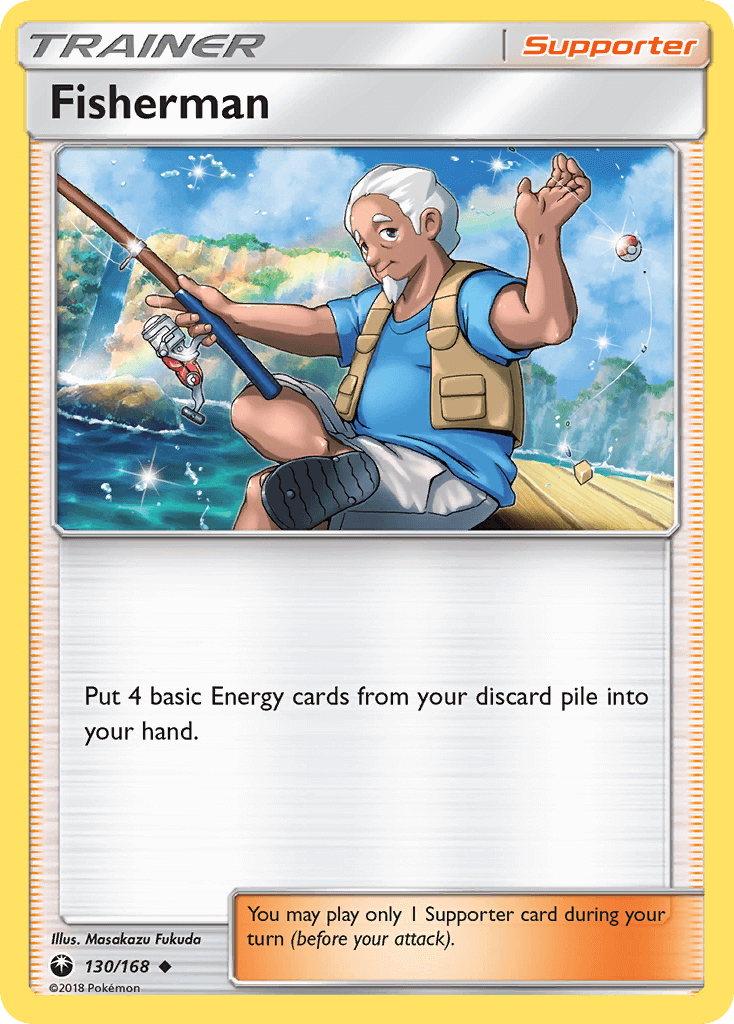
Hidden Number or Symbol References
Some Pokémon cards cleverly incorporate a Pokémon’s Pokédex number or other symbolic references into the card’s artwork. These subtle details are often hidden in the background or integrated into the environment surrounding the Pokémon.
A great example of this is the use of small numerical or symbolic Easter eggs in cards from special promotional sets. For instance, in the Pikachu promo card from the 20th anniversary of Pokémon, the number “20” is subtly integrated into Pikachu’s artwork, paying homage to the milestone event.
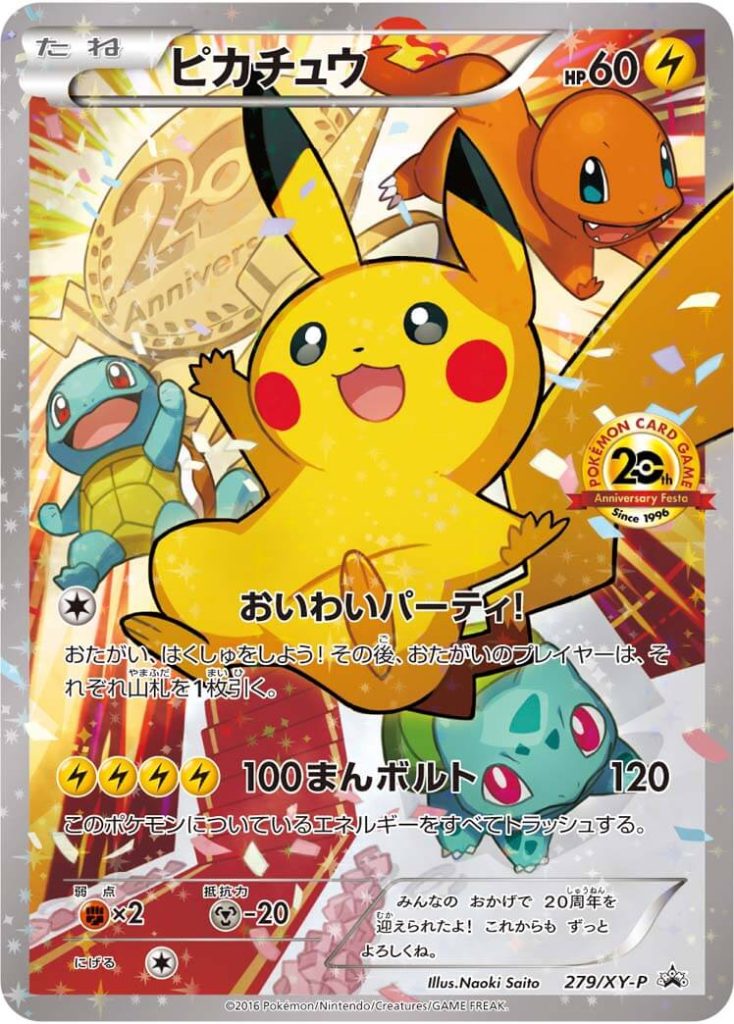
Visual Storytelling Across Card Sets
Some Pokémon card sets are designed to tell a continuous story through multiple cards. This visual storytelling involves Easter eggs spread across several cards, which only make sense when viewed together as part of a larger set.
For example, in sets like Legendary Treasures, cards feature artwork that ties together through consistent themes or locations, creating a connected narrative. Fans who collect the entire set can appreciate the hidden storytelling that unfolds through the artwork, making the hunt for these Easter eggs even more rewarding.
Symbolism in Legendary Pokémon Cards
Legendary Pokémon cards often feature thematic Easter eggs that reflect the mythology and lore surrounding these rare Pokémon. These cards tend to include visual symbolism that highlights the Pokémon’s powers or its role in the larger Pokémon universe.
For instance, the Ho-Oh EX card features a design that mirrors its mythological significance as a phoenix-like Pokémon. Ho-Oh is depicted surrounded by flames, symbolizing its ability to resurrect and its status as a protector of life, making this card a beautiful homage to the Pokémon’s deeper lore.
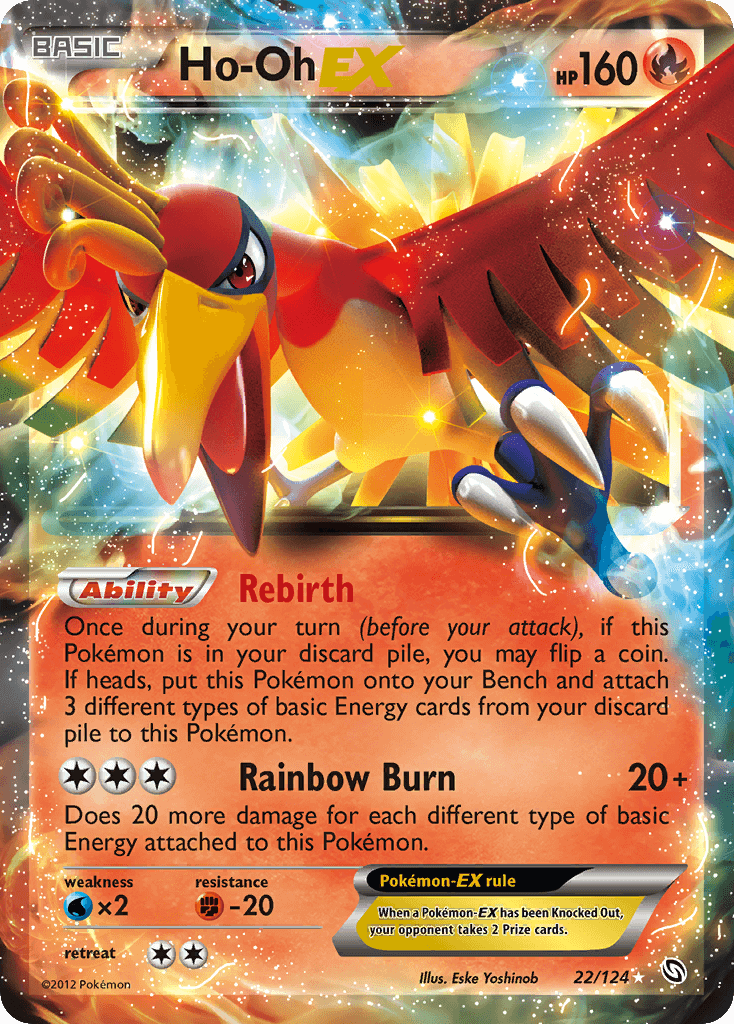
Special Easter Eggs in Promotional Cards
Promotional Pokémon cards, often released for events or collaborations, contain some of the most exclusive Easter eggs. These cards are special not only because of their limited availability but also because they frequently include hidden details that celebrate the event or promotion.
For example, Pokémon World Championships promo cards often feature artwork that includes nods to the event’s host city or theme. Fans who acquire these promo cards can enjoy Easter eggs that tie directly back to the event, making them unique and collectible.
How to Spot Easter Eggs in Pokémon Cards
To spot Easter eggs in Pokémon card artwork, fans need to pay close attention to small details and hidden clues. Here are a few tips to help you find these Easter eggs:
- Examine the background: Many Easter eggs are hidden in the scenery or background details.
- Look for subtle connections: Consider how a card’s design might relate to the Pokémon’s evolution, Pokédex number, or lore.
- Research artist styles: Some artists include personal signatures or references to their previous work.
- Check for thematic links: In certain sets, cards are visually connected through shared themes or storytelling elements.
Conclusion: The Legacy of Pokémon Card Art and Its Hidden Depth
Pokémon cards are more than just tools for gameplay—they are intricate works of art with hidden secrets that invite fans to explore and appreciate the rich details tucked into each design. The hidden Easter eggs within these cards deepen the connection between the TCG and the larger Pokémon universe, making collecting an even more exciting and rewarding experience.
As the Pokémon TCG continues to evolve, artists will undoubtedly continue hiding these delightful surprises, ensuring that the hunt for Easter eggs remains a beloved part of the Pokémon card-collecting experience.
Frequently Asked Questions (FAQs)
Easter eggs in Pokémon cards are hidden details or subtle references that aren’t immediately obvious. These can include hidden Pokémon, visual nods to in-game events, or references to older cards.
Yes, many Pokémon cards contain Easter eggs. While some are easy to spot, others require a keen eye or in-depth knowledge of Pokémon lore to find.
Easter eggs serve as fun, extra details for fans and collectors. They deepen the connection to the Pokémon world, adding layers of storytelling or nostalgia to the artwork.
To spot Easter eggs, look closely at the background details, hidden Pokémon, and visual clues that may reference other cards or Pokémon-related media.
Not all artists include Easter eggs, but many of them enjoy adding small, hidden details for fans to discover.
